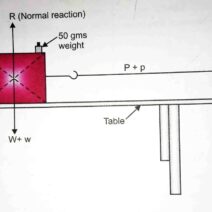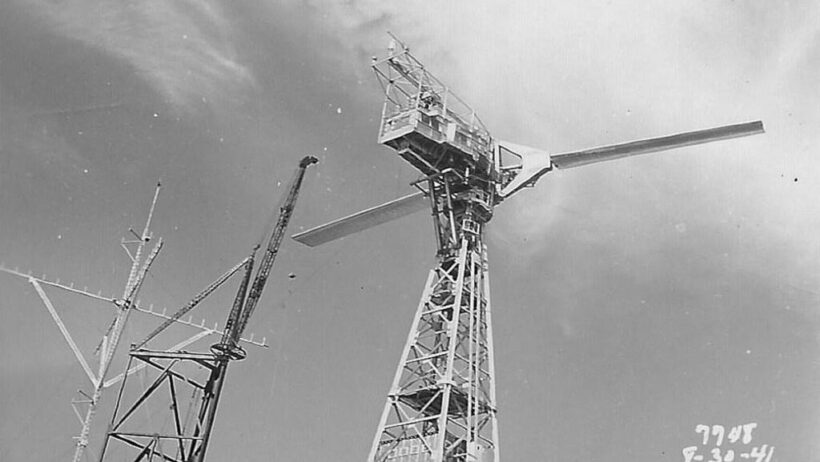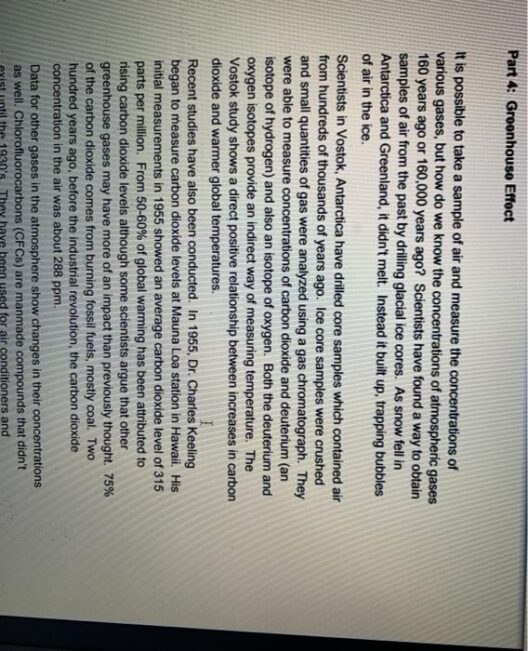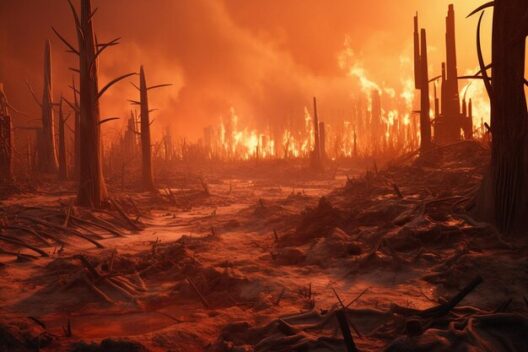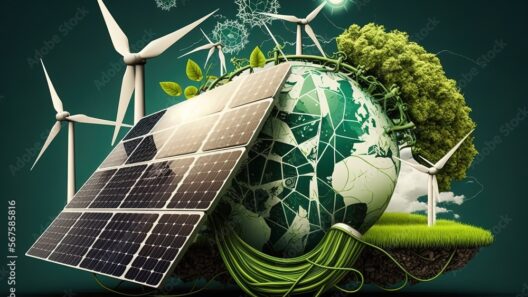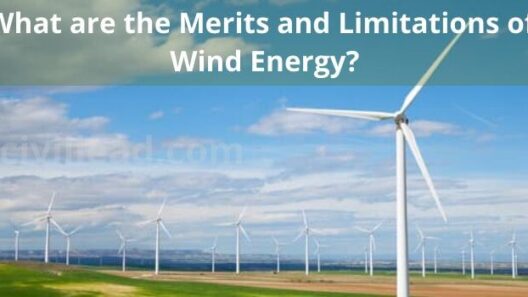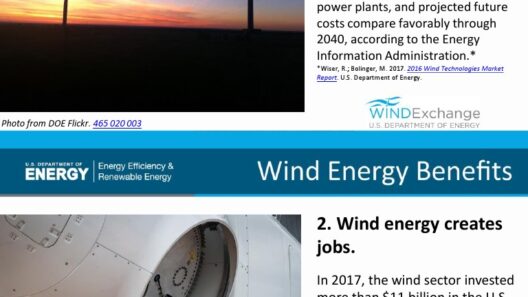Wind energy has emerged as one of the focal points in the quest for sustainable power. Yet, the history of harnessing wind for energy traces back thousands of years, rooted in ancient civilizations. This exploration showcases mankind’s enduring fascination with this elemental force, a connection that intertwines innovation, necessity, and an understanding of nature.
When examining the origins of wind energy, it is essential to recognize the race against limited resources that early societies faced. Wind was not merely a force; it became a fundamental tool for survival, agriculture, and transportation.
Let us delve into the annals of history, revealing the milestones that have propelled wind energy from rudimentary uses to modern-day marvels.
Ancient Civilizations: The First Embrace of Wind
The genesis of wind energy can be traced back to the ancient Persian civilization around 500-400 BC with the creation of windmills. Known as “wind catchers,” these structures utilized the wind’s kinetic force to grind grain, thus revolutionizing agricultural practices. These early innovations demonstrated a remarkable understanding of wind’s potential, transcending mere manual labor.
Simultaneously, civilizations along the Mediterranean, such as the Greeks and Romans, began harnessing wind power for maritime purposes. The construction of sails transformed sea travel and commercial trade, opening avenues that would define entire economies. Ancient mariners quickly learned to read the winds, borrowing from nature to navigate vast waters, showcasing the intricate dance between humanity and the environment.
A key observation reveals how these ancient societies didn’t just interact with nature but began to comprehend its rhythms and patterns. Their ingenuity hints at a deeper, evolving fascination with the elements—an unspoken bond that would persist through the ages.
The Middle Ages: Refinement and Expansion
As we transition into the Middle Ages, the use of wind energy continued to evolve. The windmill became a staple across Europe, especially in the Netherlands. Its design underwent significant improvements, featuring a vertical axis that enhanced efficiency and adaptability in various terrains. These remarkable machines marked a pivotal point, as they were increasingly employed for milling grains, sawing lumber, and even pumping water.
This period also witnessed the spread of wind-powered ships, enhancing exploration and commerce. The maritime advances brought with them a sharper understanding of wind currents, lay a foundation for naval dominance in the ensuing centuries.
However, it was not merely the technological developments that signified this era. The broader societal implications of harnessing wind power prompted discussions around energy independence and sustainability. A reflection of the times, people began to acknowledge the necessity of leveraging natural resources responsibly, unveiling the foreshadowing of broader environmental considerations that would come to dominate future discourse.
The Enlightenment and Industrial Revolution: A New Frontier
The Enlightenment of the 18th century brought scientific inquiry to the forefront and, with it, a greater understanding of energy systems. Pioneers like Thomas Jefferson promoted the idea of wind power as an untapped resource in the New World, igniting aspirations for economic growth through renewable sources. Windmills began to dot the American landscape, reflecting the burgeoning belief in innovation and experimentation.
Simultaneously, the Industrial Revolution ushered in an unprecedented shift. With the advent of steam power, wind energy seemed to recede into the shadows. Nevertheless, windmills maintained their place, providing energy for farming even in the rapidly industrializing landscapes. The romance of wind power, however, was not extinguished; rather, it lay in wait.
By the onset of the 20th century, researchers and engineers began to survey the potential of wind as an alternative energy source against the backdrop of an oil-centric paradigm. The first recorded electrical output from wind energy occurred in 1887 in Scotland. This development inspired inventors around the globe to pursue designs that would one day lead to modern turbines.
Renewable Energy Revolution: The Resurgence of Wind Power
The latter half of the 20th century initiated a paradigm shift regarding energy consumption, spurred on by oil crises and environmental awareness. The growing recognition of climate change prompted a resurgence of interest in renewable energy sources, including wind. Countries like Denmark and Germany became leaders in wind power technology, utilizing advanced engineering designs to build turbines that could harness the potent winds of the North Sea.
This period marked the culmination of centuries of exploration, refinement, and innovation surrounding wind energy. From ancient beginnings to modern sophistication, wind energy was redefined, no longer viewed merely as a supplement but as a cornerstone of energy strategies aimed at reducing carbon footprints.
The current landscape of wind power is characterized by colossal wind farms, strategically placed to capture winds that flow across plains and coastlines alike. The intersection of technology and nature has fostered an invigorating dialogue, showcasing the power of collaboration between man and the elements.
Conclusion: The Ever-Evolving Relationship with Nature
The history of wind energy is not just a chronicle of technological advancements; it reflects humanity’s ongoing relationship with nature. The enduring fascination with this elemental force stems from a deeper recognition of the indispensable resources it provides. As societies grapple with the responsibilities of energy consumption, the story of wind power emphasizes the significance of returning to our roots. Harnessing wind is more than just a means to generate power; it’s about creating a sustainable future grounded in respect for the planet.
In exploring the question of who discovered wind energy, it becomes apparent that the answer lies not in a single individual but in the collective endeavors of countless generations. Their legacy inspires current and future innovations, urging society to embrace the full potential of wind as a key player in the movement toward renewable energy reliance.

